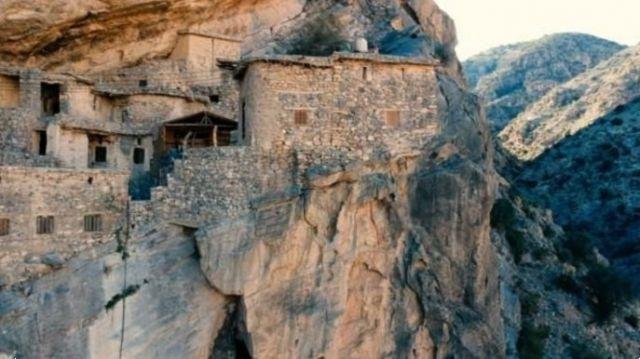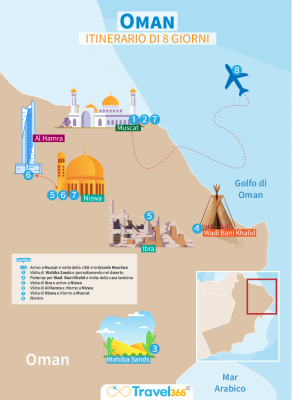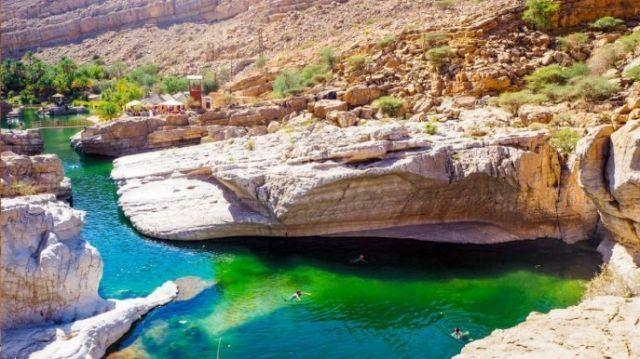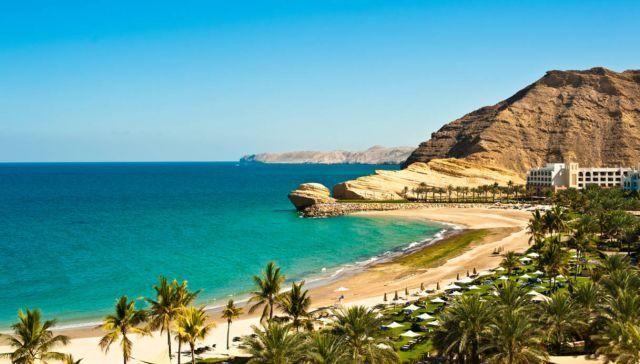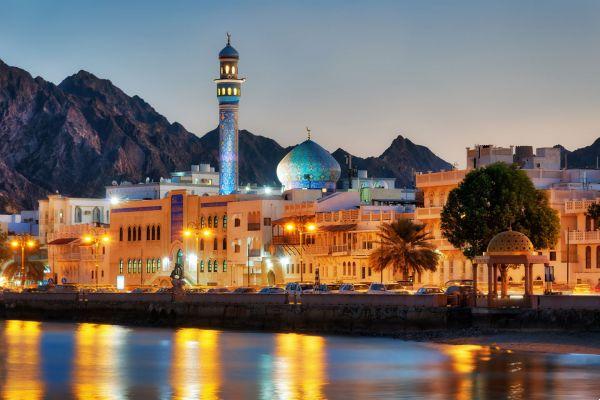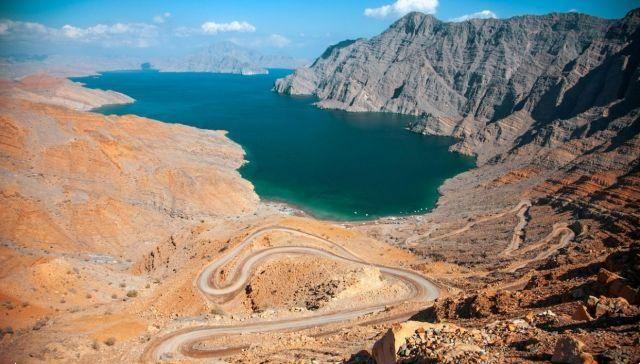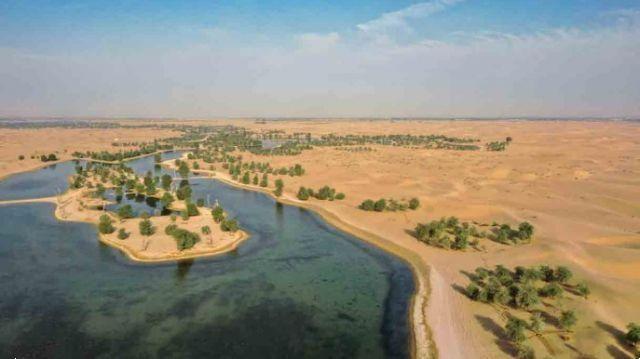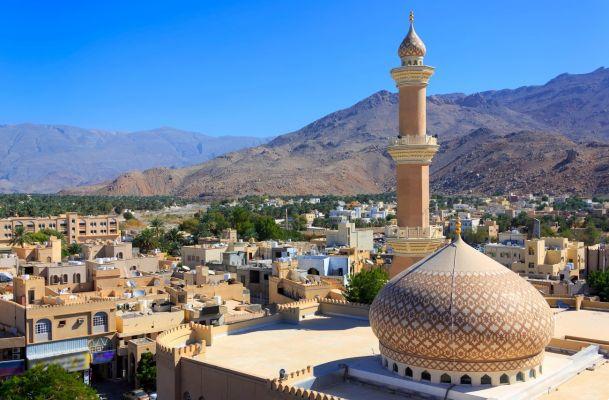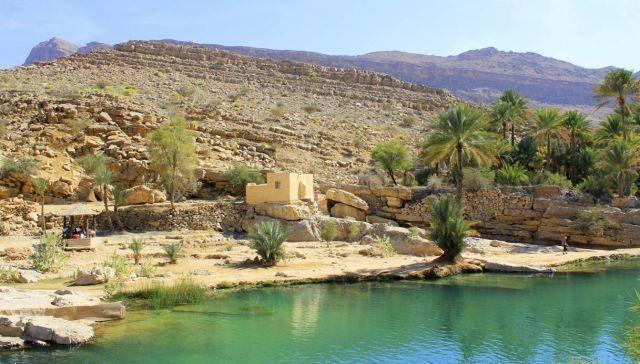 tourists who go to these ancient lands in search of particular sensations
tourists who go to these ancient lands in search of particular sensations
Before setting off to discover theOman it is necessary to arrange all the documents needed for entry, otherwise you risk being stuck at the border. Thanks to some international treaties concluded between Oman and the European Union, EU citizens can obtain a tourist visa at one of the customs points on the border of this country with the United Arab Emirates, or at Muscat airport.
The only document needed is the passport Italian taste with a residual validity of at least 6 months, to be presented to customs officials. The Oman tourist visa issued by customs has a duration of 30 days. However, if you need more time, you could request a longer-lasting visa at the Honorary Consulate of Oman in Italy, by presenting the visa application form, the Italian citizen's passport and 4 passport photos.
The Omani authorities always take around 7-15 days to verify all the information and issue the travel visa. Once you have sorted out all the bureaucratic issues and crossed the border of this ancient state, you can immediately discover what to see in Oman and what to buy in this country.
Oman is truly very large and is home to numerous cultural centers and important buildings. You can begin your discovery of Oman monti Hajar, described by many travelers as the typical arid desert mountains. Inside you can see stone buildings dating back to past eras or simply admire the local landscapes.
So you can visit the city of Muscat, truly rich in cultural attractions. In Muscat there is the Grand Mosque, better known by its English name: Sultan Qaboos Grand Mosque. The latter represents one of the greatest examples of contemporary Islamic architecture. It symbolizes the rebirth of Oman, as it blends modern style with ancient city landscapes. Furthermore, it is the only mosque in the country, which is why it is always very visited both by the religious themselves and by tourists from all over the world. Once you have managed to admire the external beauty of this building, why not go inside? The interiors of this mosque are a true fairytale.
Once out of Muscat you can head towards Wahiba Sands. The latter is the famous (and immense) desert in the area. The Wahiba Sands extends for several hundred kilometers and by traveling along it you can't really encounter anything, apart from the thousands of sand dunes formed by local winds. The desert begins from the cities at the edge of the highway Listen to Sur. Obviously, it is strongly advised against venturing into this desert completely alone, unless you want to get lost in the sand dunes and never return to Nizwa-Sur. If you really want to visit it to understand its immensity, we recommend taking a local tour guide who can both help you rent camels and venture into the Wahiba Sands.
Two hours from Muscat, one of the most evocative resorts in all of Oman is about to be built, built at 2.000 meters above sea level, the Anantara Al Jabal Al Akhdar. At its inauguration it will be among the highest luxury resorts in the world.
Another place of great natural beauty and intrinsic majesty is Wadi Shab. The latter is a large sand canyon, located near a stream with crystal clear water and particular reflections. It is one of the symbolic places of Oman and, according to many, offers indescribable emotions. However, like any natural place that offers travelers great charm, a certain physical effort is required to admire it and reach the best places. And if you get tired of walking among the various natural places of Oman, you could go to the Ras al Jinz Turtle Beach. It is one of the most recommended places for travelers wondering what to see in Oman. At Ras al Jinz Turtle Beache you can witness the hatching of large turtles, currently at risk of extinction due to poachers. Furthermore, near the beach there is a nature reserve set up specifically to protect these turtles.
Sightseeing in Oman may require a lot of energy and effort, especially considering the high local temperatures. For this reason it is advisable to go to theOman White Beach, where you can rest on the wild coast between the cities of Muscat and Sur. As the name suggests, it is a large white beach that extends for several kilometers near the sea. There are always few tourists and it is a perfect place to rest between one guided tour and another.
Among the most tourist destinations in Oman there is Salalah, in the Dhofar region, rich in history, archaeological sites, imposing fortresses, incense trees and souqs full of life. The Al Baleed Resort Salalah by Anantara is about to open in this area and will be inaugurated in October and was built on the model of traditional fortresses Omanite.
And to finish the discovery of Oman, you can always go to Wadi Bani Khalid. The latter is an oasis of peace and serenity in the middle of the desert. An excellent idea is to take a bath in the pond, surrounded only by palm trees.




